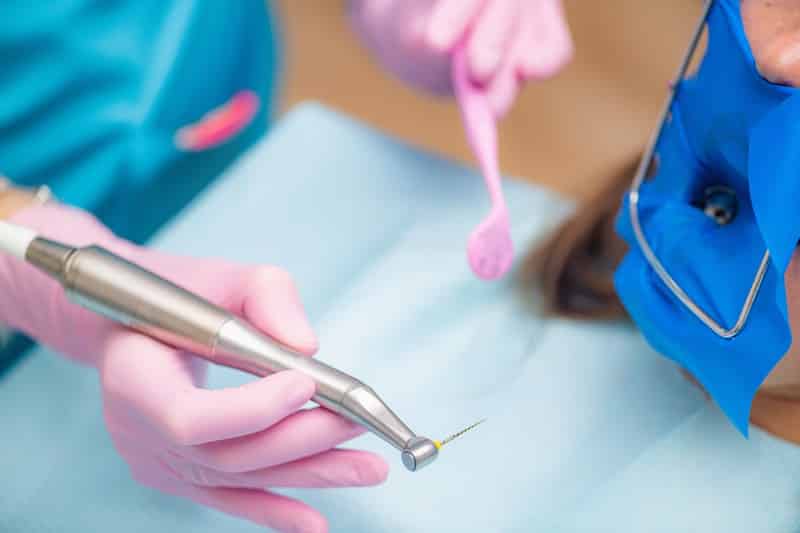Root Canal

After the dentin, cavities will try to target the tooth’s innermost layer, called the pulp. The pulp contains blood vessels and nerves that work together to keep the teeth in good condition. This is why in this stage (pulp damage stage), the patient may experience severe pain caused by the irritation and inflammation of the pulp. And since the gums and tissues around it cannot accommodate the inflammation, pressure is placed on the nerves, leading to oversensitivity and extreme pain.
This stage requires a combination of dental procedures. The dentist will first remove the damaged pulp in a root canal procedure. The patient will be given local anesthesia before the procedure to lessen the pain. Next, the dentist will create a small opening on the upper part of the damaged tooth to expose the infected pulp. The dentist will then remove the cavities by thoroughly cleaning and disinfecting the tooth canals. When the tooth is free from cavities, the dentist will apply a topical antibiotic to eliminate the remaining bacteria and prevent reinfection. Finally, the dentist will seal the tooth with paste and close the opening with a sealant.
Oral antibiotics are also prescribed after the dental procedure. And patients are advised to avoid foods and beverages that are either too hot or cold while the tooth is healing.










